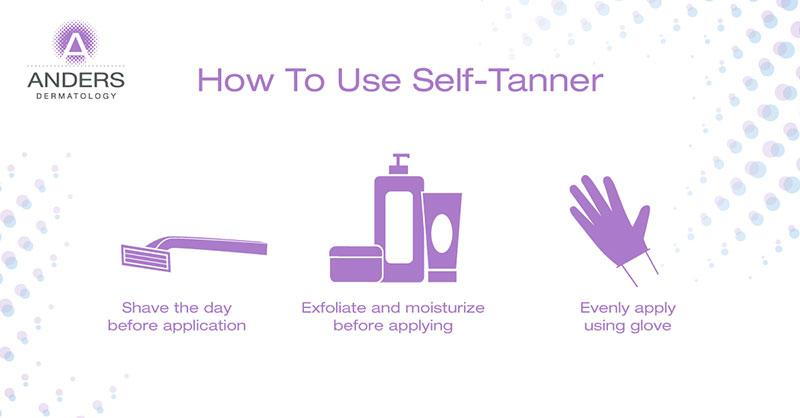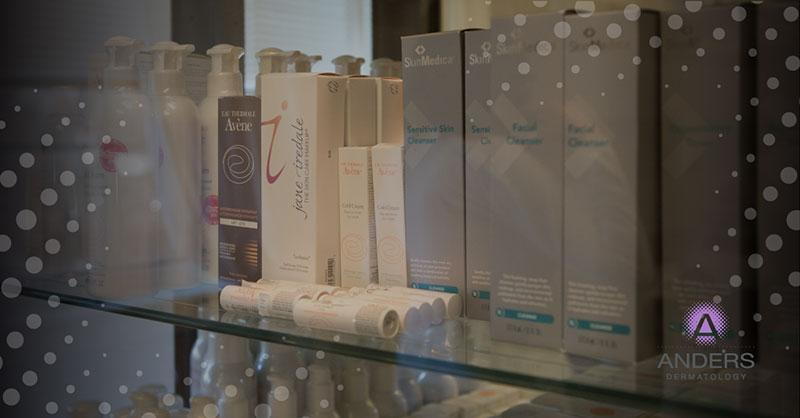Though the trend of deep, bronze skin has been on the decline recently, there’s still a good amount of people who long for a dark, sun-kissed color. The popularity of tanning throughout the past decade has caused many to overlook the long-term effects, but it causes more harm than you’d think. The truth is, regardless of how you got your tan, some amount of damage has been done. There are better ways to add a healthy glow to your skin than by overexposing yourself to harmful UV rays, either outside or in a tanning bed.
THE NEGATIVE EFFECTS OF TANNING BEDS
Contrary to popular belief, tanning beds do excessive damage to your skin—and your health. UV rays from tanning beds are proven to cause cancer, emitting 25 times more radiation than the sun. People who expose themselves to a tanning bed before the age of 30 increase their risk of developing melanoma by 75 percent. Not only are you damaging skin cells by hitting the tanning booth, but you are actually causing your skin to age prematurely. Wrinkles, saggy skin and brown spots develop more frequently as a result of sustained cell damage.
How Tanning Beds Hurt Your Eyes
Your skin isn’t the only thing put in danger by tanning beds—your eyes are at risk too! The UV rays your eyes are exposed to in a tanning bed can have both long-term and short-term effects. Cataracts, photo keratitis (eye sunburn), macular degeneration and tumors can develop on your eyes regardless of how often you use a tanning bed. Utilizing goggles or a towel to cover your eyes won’t help much either, due to the thin nature of your eyelids. And remember—even if your eyes are shut, they aren’t as protected as you’d like to believe.
How Clean Are Tanning Beds?
Do tanning bed regulars ever think of how sanitary their booths are? Self-tanning beds are not always cleaned top to bottom, with the level of cleanliness varying. Exposing yourself to UV rays in the first place lowers your immune system overall. With that said, not only are you at risk for staph infections and STIs when you share a bed, but you can catch them easier too. At the end of the day, the best way to prevent any damage to your body is to stop using tanning beds altogether.
WHY LAYING OUT IS NOT BETTER FOR YOUR SKIN
If you think natural sunlight is better than tanning beds, you’re right—in a way. Tanning beds do much more damage than the sun, but that doesn’t mean sunlight always works in your favor. While getting a regular dose of sunshine boosts vitamin D levels, mood and energy, sun bathing for extended periods of time becomes more harmful than beneficial. Just like tanning beds, too much sun exposure can cause all the same cancers. Enjoying the sunlight two to three times a week for five to 15 minutes is a healthy goal. If you’ll be in the sun longer than that, we recommend wearing a hat and sunscreen.
One myth about sun exposure is that only burnt skin is damaged skin. In reality, tan skin is damaged skin. No matter how you got your tan, you’re at risk. Sunburn is an extreme indication of harm done to your skin, and the risk of cancer increases every time you turn lobster-red. Just one occasion of a blistering sunburn doubles your chances of developing melanoma later in life, so start putting your skin first.
THE HEALTHIEST WAY TO GET TAN SKIN
We’ve knocked out the two most common ways of achieving tan skin, but don’t worry—if being tan is still something you desire, we’ve got a better option. Self-tanning is a risk-free, instant way to get bronze, glowing skin. Looking orange or uneven after using a tanning product is something most first-time users worry about, but when done correctly, self-tanning can look completely natural.

Applying Self-Tanner
Not all self-tanners work the same, but they typically follow the same application process. You’ll want to shave the day before for the product to spread as evenly as possible. Before application, exfoliate your skin in the shower and then dry off completely. Then apply your regular moisturizer to your entire body, making sure you cover your ankles, knees, elbows and hands. After moisturizing, put on a disposable glove and apply the self-tanner wherever you can reach, including the back of your other hand. Put your glove on the other hand, and do the same—reaching everything you can that you couldn’t reach before. Throw away your glove, and you’re done!

There are several self-tanners on the market, but the specialists at Anders Dermatology highly recommend Avene and Jane Iredale. Avene’s self-tanner goes on with no immediate color, deepening with each application. The non-greasy formula hydrates skin and gives it a soft, subtle glow. The Avene self-tanner is also safe for sensitive skin and everyday use. Jane Iredale’s self-tanner goes on bronze for an instant result. This product is great for your arms and legs, especially if you didn’t plan ahead and make time for a self-tanning process.
If you have any any questions about self-tanners or need help finding the right shade, the specialists at Anders Dermatology are always available to help! Give us a call at 419.473.3257 to learn more or to schedule a consultation.

